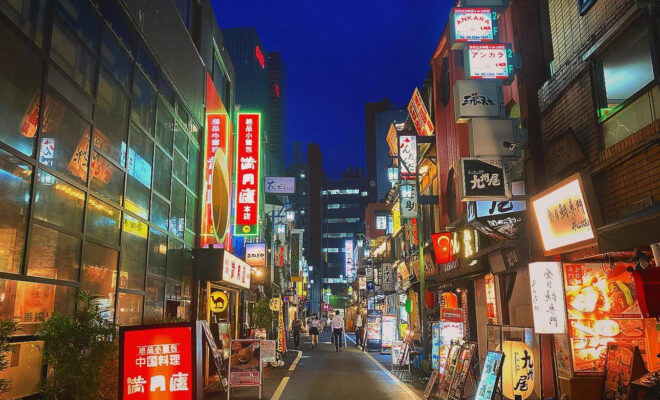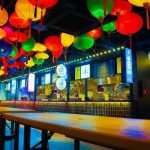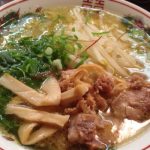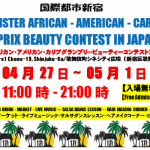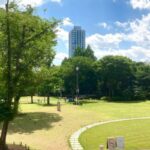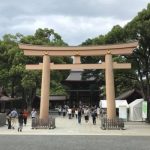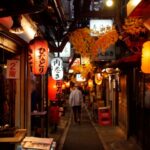Suehiro Street is home to a traditional Japanese-style theater called Suehirotei, which stands out with its eye-catching wooden façade.
This venue sits at the heart of a small alley stretching from Shinjuku Street to Yasukuni Street, lined with numerous restaurants and bars.
Unlike the bustling, tourist-heavy areas like Kabukicho, Golden Gai, or Omoide Yokocho, this neighborhood offers a more relaxed atmosphere, with many spots where adults can unwind at their own pace.
Compared to Kabukicho, which is packed with people even on weekday evenings, Suehiro Street has a calm and cozy vibe, filled with unique eateries.
From affordable and tasty Chinese food to carefully curated wine bars and seafood-focused restaurants, it’s a favorite spot where I often stop by after work.
So, how did Suehiro Street evolve into the charming bar district it is today?
Let’s explore its rich history—from the Edo period to the present—to discover what makes this area so special.
First, let’s take a look at how Suehiro Street compares to Kabukicho.
How is Suehiro Street different from Kabukicho?
When people think of Shinjuku’s nightlife, Kabukicho is usually the first place that comes to mind.
Filled with host clubs, cabarets, and flashy tourist-friendly venues, the area glows with neon lights late into the night.
Suehiro Street, on the other hand, has a completely different vibe.
Located in the same Shinjuku area, it features cozy izakayas and bars that cater mainly to locals and regulars—offering a “hidden gem” feel for adults seeking a quieter night out.
Although both are located in Shinjuku, Kabukicho and Suehiro Street are recognized as entirely different types of entertainment districts.
What is the history of Suehiro Street?
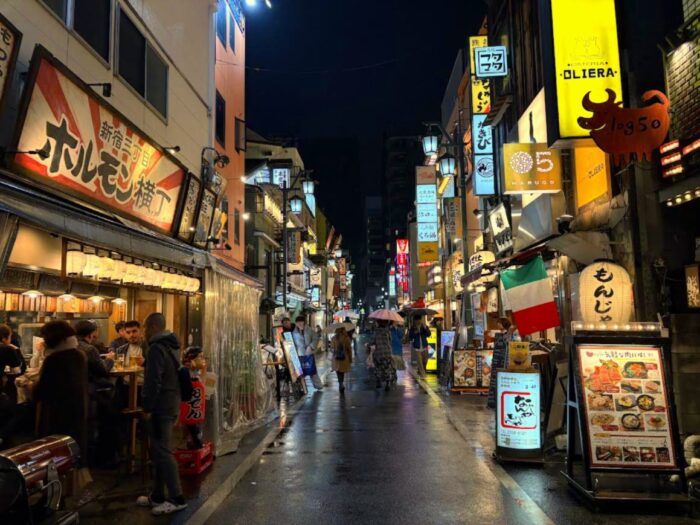
The history of Suehiro Street dates all the way back to the Edo period.
Edo Period
The area where Suehiro Street is located once flourished as a post town called Naito-Shinjuku along the Koshu Highway (now National Route 20).
It was the first lodging station on the highway starting from Nihonbashi, and a bustling hub for travelers and merchants coming from Edo (modern-day Tokyo).
The town was lined with inns (hatago), eateries, and a red-light district, making it a lively entertainment zone.
Particularly around today’s Shinjuku 2-chome, the historical Shinjuku Yukaku (licensed pleasure district) once stood, and the area surrounding present-day Suehiro Street served as a social space for adults.
From the Meiji Era to the Early Showa Period
With the opening of Shinjuku Station in 1885 by the Nippon Railway, the area grew rapidly as a transportation hub.
Shops and restaurants also increased around Suehiro Street, and in 1951, a merchant association called Shin-San Shinkokai was established—laying the foundation for today’s Suehiro Street shopping district.
During the Taisho era, the downtown area of Shinjuku became more vibrant, and in 1921, the Suehirotei theater was relocated to its current location.
This marked the evolution of Suehiro Street into an area known for both traditional performing arts and food, attracting cultural figures and entertainers alike.
By the early Showa period, Shinjuku had developed into one of Tokyo’s premier entertainment districts.
Suehiro Street followed suit, with an increasing number of movie theaters, cafes, and restaurants, becoming one of Shinjuku’s main entertainment hubs before World War II.
Postwar (Late 1940s)
After World War II, Shinjuku was left in ruins, but the Suehiro area recovered quickly as an entertainment zone during the postwar reconstruction period.
Until around 1951, Suehiro Street was part of a designated red-light district, drawing people for food and leisure.
However, with the enactment of the Prostitution Prevention Law in 1958, the red-light zone was abolished, and the area shifted from a nightlife center to a dining-focused street.
This marked the beginning of its transformation into the calm, adult-friendly neighborhood it is today.
From the Late Showa Period to the Present
From the late Showa era through the Heisei era, the Suehiro Street merchant association became more active.
The area grew as local businesses supported each other, with more and more izakayas, long-established sushi bars, and cozy pubs opening—earning a reputation as a hotspot for hidden culinary gems.
Once known mainly as a quiet area frequented by regulars, Suehiro Street has recently become more popular among younger generations, thanks to the opening of trendier establishments.
It’s now a go-to spot for bar hopping in a relaxed atmosphere.
For those who feel overwhelmed by Kabukicho’s flashy vibe and prefer a quieter place to enjoy good food and drinks, Suehiro Street is the perfect choice.
Today, with large-scale redevelopment projects underway in Shinjuku, Suehiro Street is also beginning to evolve.
Alongside long-standing izakayas, stylish dining bars and wine spots are opening up—creating a unique blend of tradition and modernity that is drawing renewed attention as a sophisticated drinking area for adults.
Recommended Article
■Stylish Bar Hopping: Recommended Izakayas & Gourmet Spots on Suehiro Street
(YOKOSO Shinjuku Editorial Team – Mami Matsuo)

